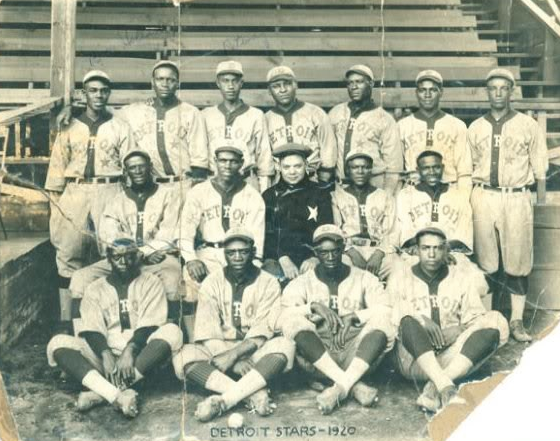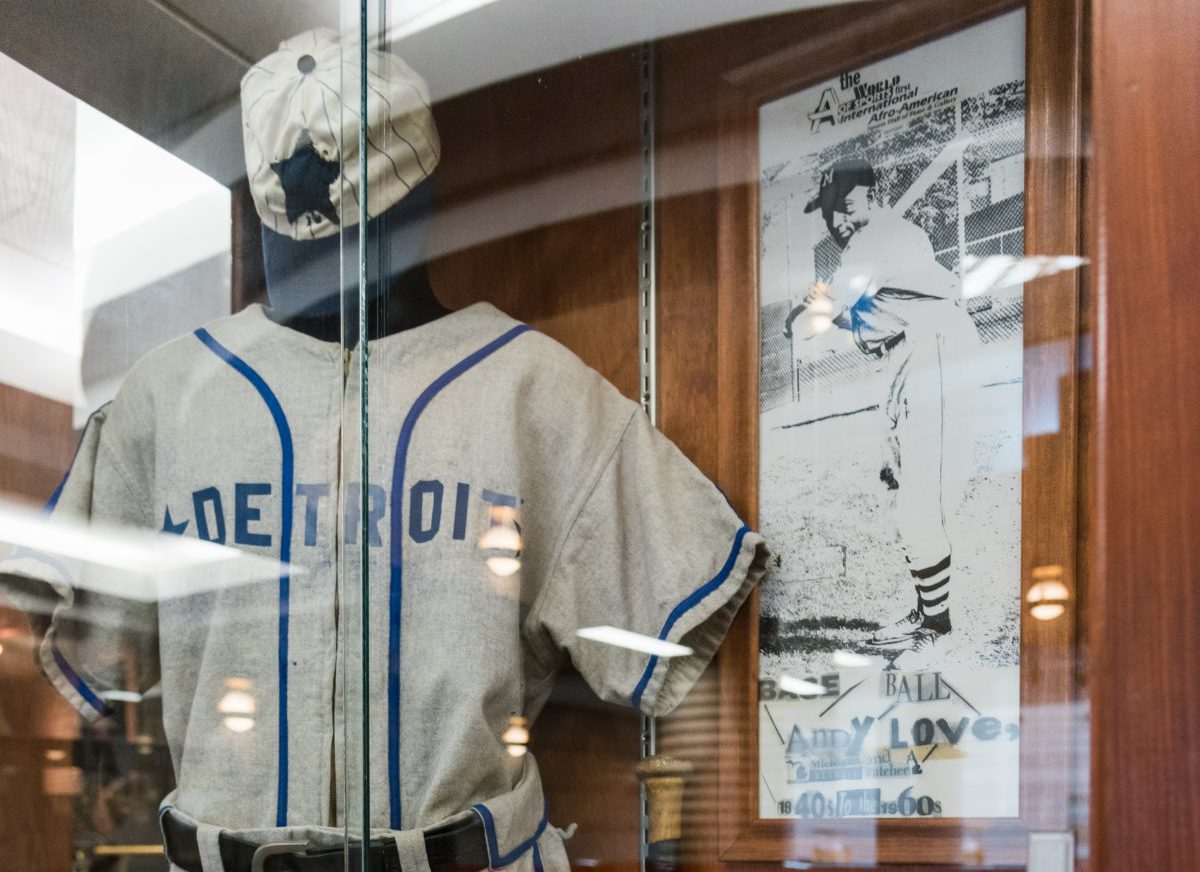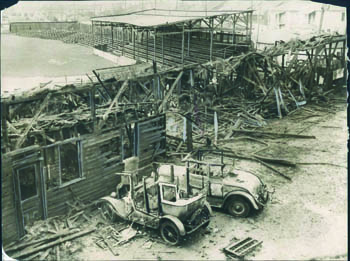
Walter Owen Briggs Sr. was not too fond of black people. He was part-owner of the Detroit Tigers from 1919-1935 and when majority owner Frank Navin died of a sudden heart attack in 1935, he became sole owner of the franchise until his own death in 1952. The son of immigrants, Briggs was born in Ypsilanti, Michigan in 1877 and is the definition of the “American Dream.” He rose from poverty to become one of Detroit’s wealthiest citizens during his time and did not want to see black people excel in life.
Briggs was in the auto manufacturing business in Detroit, so he had an abundance of money, and thousands of employees. Most of whom were black workers. See, Briggs thought black people were good enough to work for long hours and little play in his factories, but not good enough to play for his baseball team. He would not even allow black people to sit in the boxes near the dugouts at Briggs Stadium on the corner of Michigan Avenue and Trumbull. No black players ever played under Briggs while he was owner of the Tigers. The saying around the clubhouse was, “No jigs with Briggs.” And if you do not know what a “jig” is, compare it to the derogatory five-letter term that begins with a N.
While Briggs was implementing his racial and discriminatory practices on the baseball diamond, like so many other white owners of Major League Baseball teams around the country during that time, black owners and players began to form their own leagues. Out of the shadow of racism in America, the Negro leagues were born.
The Detroit Stars were the Motor City’s Negro league team. Formed in 1919 as an independent, the same year Briggs bought a piece of the Tigers, its founders were John “Tenny” Blount and Andrew “Rube” Foster. Blount was a well-known numbers man in Detroit, who had the money, connections, and ambition to start a baseball team for black Detroiters. Foster was a former player-manager, and owner of the Chicago American Giants. He founded the National Negro League in 1920, convincing Blount and the Stars to join the league that same year. Foster even loaned Blount a few of his Chicago players, so that the Detroit team was competitive from the start.

White Detroiters in the 1920s took the Michigan Ave. trolley down to Navin Field (later renamed Tiger Stadium in 1961) to take in a game of baseball, while black Detroiters took the Mack Avenue trolley to watch the Stars play at historic Mack Park, where they were more welcome. It was constructed in 1914 and stood on the southeast corner of Mack Avenue and Fairview on the city’s far east side. The Fairview Green Apartments are currently where the 6,000-person wood and tin-sheeting stadium stood, until a fire destroyed it in 1929.
Mack Park was the only venue in the city suitable for the vision Blount, Foster, and park owner John Roesink had. Although it was in a predominantly German neighborhood of Detroit at the time, where blacks were not particularly welcome, it was close enough to the neighborhoods where blacks did inhabit, in Black Bottom and Paradise Valley. To show you just how racially charged the area was, in 1925, prominent black physician Ossian Sweet and his family tried to move into a home just five blocks away from Mack Park. An angry white mob gathered outside of the home on Garland and Charlevoix to intimidate the Sweet family. The mob broke windows of the home with rocks, with Sweet’s brother Henry responding with gunfire, hitting and killing one of the protestors. None of the 10-people protecting the Sweet home that night were convicted of the crime, citing self-defense.
Despite playing in the middle of a neighborhood where they could not even live, the Stars had some successful seasons playing at Mack Park. In their inaugural season in the Negro National League in 1920, they went 35-23, led by players such as Jimmie Lyons, Pete Hill, Andy Cooper, Bruce Petway, John Donaldson, Frank Wickware, Dicta Johnson, Jose Mendez, Edgar Wesley, and others. The Stars’ greatest player was Norman Thomas “Turkey” Stearnes. They called him that because he flapped his arms as he ran the bases. In his Negro league career, Stearnes batted .344 batting average, hit 176 home runs, and had a .621 slugging percentage in 750 games. When he was not playing with the Stars, Stearnes worked in the auto plant for Briggs, the same man who would not let him play on his MLB team with the Tigers. Even though Stearnes was probably better than most of the white players on the team. Racism and baseball went hand in hand during that era.
The Stars were always competitive in the NNL but never managed to finish above second place in the league. They only had a losing record one time from 1919-1931 and made the playoffs for the first time in 1930, before losing to the St. Louis Stars. In 1929, a fire destroyed Mack Park, burning the wooden grandstands to the ground before a game was set to start. Fortunately, no one was killed in the fire, but hundreds of people were injured. People demanded their money back for the game, but Roesink, a Dutchman from Grand Rapids, Michigan, refused to give refunds, nor did he offer any condolences to those injured. He just wanted to make money off the black community and became a villain in their eyes.

The team finished the season out at Dequindre Park, before moving to Hamtramck Park in 1930. By then, the Great Depression had settled in and poverty was widespread. Roesink, who became owner of the Stars in 1925, lost ownership in 1930 and faced financial hardships himself. By 1931, the Great Depression had crippled the Negro leagues and the original Detroit Stars were disbanded. Over the next 30 years, reincarnations of the Stars were tried, yet unsuccessful. The Tigers have commemorated the Stars for the past 24 years, by honoring past players and wearing throwback jerseys and caps.
With the Tigers being Detroit’s varsity baseball team, the Stars seem to be forgotten about in the city. They persevered during a time in America where opportunity was few for black people and racism was prevalent. The Stars never hit it out of the park with fans in Detroit, but they are a prime example of what happens when two of America’s pastimes come together: racism and baseball.